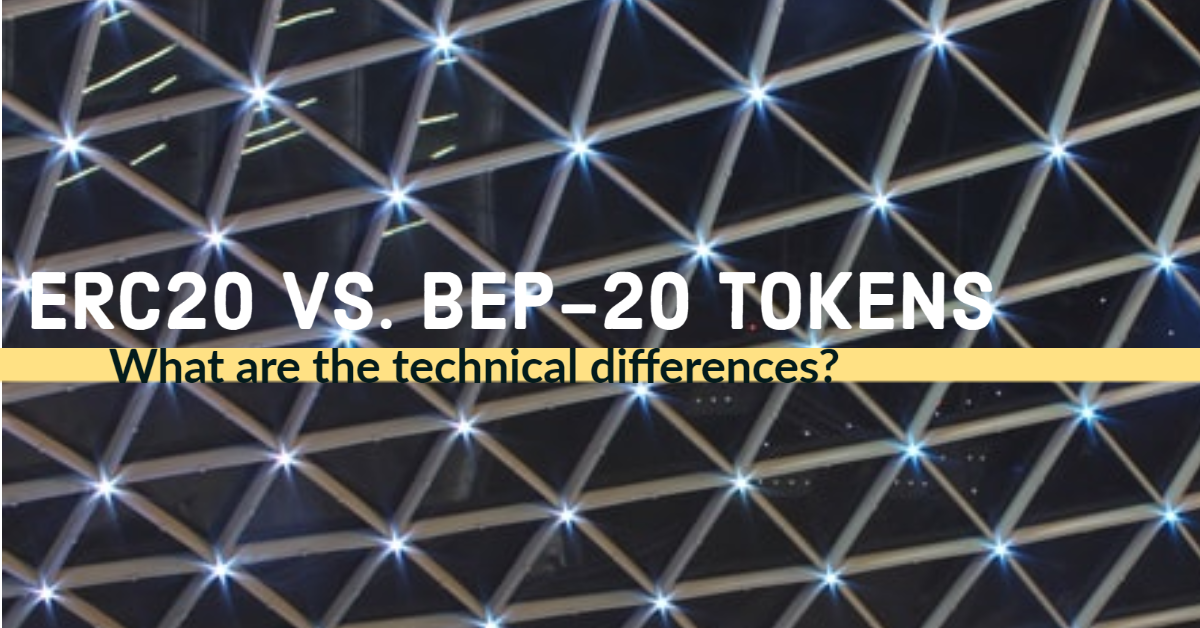
The latest estimates suggest that the number of cryptocurrencies as of 2021 is well over 4,000. This means that, by general assumption, about 4,000 cryptocurrency-based platforms have developed unique tokens for their platforms. Therefore, to limit interoperability issues, it became necessary to have standards that define a common set of rules. Two of the most popular standards are Ethereum’s ERC20 and Binance’s BEP-20. These standards define; the process of transferring a token, how the transactions are approved, how users access token data and the total supply of tokens. Both standards are ideal for token creation.
This article outlines the technical differences of the tokens developed by these two standards.
How do the core features of ERC20 and those of BEP-20 Tokens compare?
Some of the key features of ERC20 standard tokens include;
- ERC20 Contract generation
- Setting Initial Supply
- Setting No of Issues
- Setting Fractions
- Deploy Contracts
- Generate Tokens
- Validate Contract
While some of the key features of BEP-20 standard tokens include;
- Completely Decentralized
- Interoperable with other frameworks
- Smart Contracts Implementation
- BEP20 Compliant
- Verified Source Code
- Customizable decimals
- Cross-matching with BEP2
- Dual Chain Architecture
How do the advantages of ERC20 and those of BEP20 Standard Tokens compare?
What are the advantages of ERC20 tokens?
- ERC20 token transactions are very smooth and fast.
- Their transaction confirmation is efficient.
- They reduce contract-breaking risk.
- ERC20 function implementation connects the web client and token efficiently.
What are the advantages of BEP20 standard tokens?
- These tokens are compatible with both BEP2 and ERC20 platforms backed by BNB.
- Supports the tokens generated using the BEP20 standard and used within the Binance Smart Chain network.
- This token can be swapped with a BEP2 token
- As of now, many crypto wallets support BEP20 tokens.
- Crypto tokens from other blockchain platforms can be pegged on the BEP20 token.
Summary
The development of Ethereum ERC-20 and Binance BEP-20 token standards has brought sanity to blockchain development. However, suppose you are looking to understand the general and technical differences between the tokens developed by these two standards. In that case, this article helps to summarise their core features, their advantages, and other key elements.
